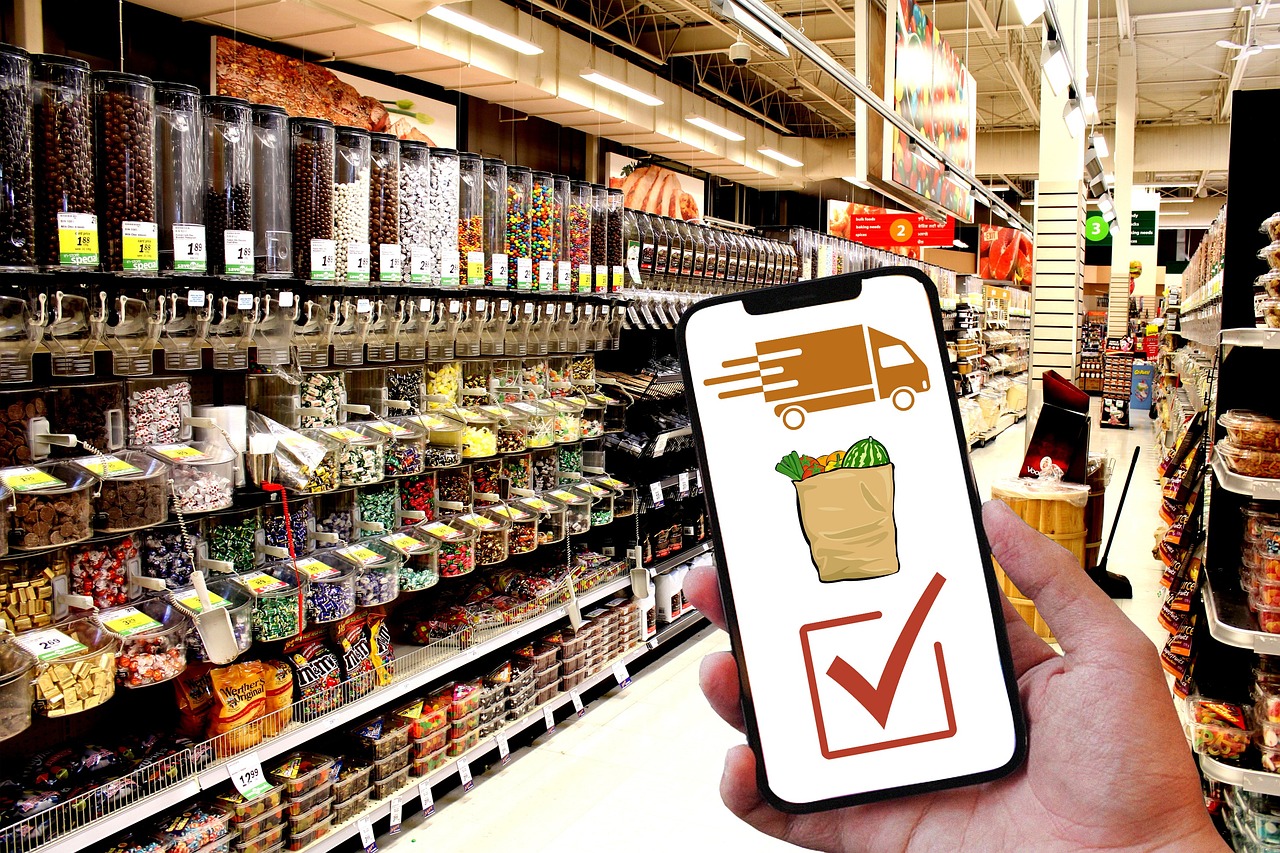It’s no secret that technology is rapidly transforming virtually every aspect of our lives, and perhaps nowhere is that change more apparent than in the restructuralization of the retail and shopping industries. The trend of “multichannel” shopping – buying goods and services across multiple channels (online, via mobile applications, in-store, etc.) – is reshaping how companies compete to satisfy and retain today’s increasingly sophisticated consumers.
Forming a profitable response to the needs and wants of constantly-connected individuals requires a breakdown of the entire purchase journey, tracing the initial decision-making process all the way to the final product ownership period. To succeed in a multi-channel shopping environment, leading retailers have latched on to the mobile revolution as a way to blend a traditional, personalized customer service experience with the convenience and versatility of e-commerce.
Cracking the Consumer
One thing that hasn’t changed for retailers is the need to understand the consumer, and technology is providing a wide array of innovative tools to accomplish this goal. With the rise of mobile devices and wireless technologies has come the ability to connect to, track, and interact with customers in a way never before possible, generating data on everything from shoppers’ movements in the store to buying habits to personal preferences. This data is further supplemented by consumers’ online activity, which many retailers now use to generate individual profiles, send targeted recommendations and coupons, and make predictions about consumer behavior. This is one major advantage that digital shops have over physical locations: theoretically, they can render differently to each visitor every time they stop by.
The Digital and the Real
While nearly 90 percent of consumers say they still prefer to shop in-store, their behaviors have changed significantly in recent years. The disconnect between shopping online versus in-store has all but disappeared, as more than 60 percent of shoppers now use a mobile device while shopping in-store to compare prices online, read reviews, and check for sales and other discounts. Guest Wi-Fi has also begun to change the way consumers interact with retail stores, as many shoppers – particularly those under the age of 55 – now look to Wi-Fi for special deals, personalized offers, and quicker checkouts. Retailers can hone in on “showroomers” who are still in-store, and promote special offers and personalized recommendations before they get to the checkout or exit.
How We Pay
The way consumers pay for their purchases is evolving as well. Quick-pay apps from Apple, Android, Samsung and other developers have brought contactless payment to the mainstream, allowing users to pay via near-field communication at any compatible point-of-sale terminal. Though still in its infancy, the technology offers a very quick, highly secure payment method that can be implemented at checkout lanes, on vending machines and even on the go. While some retailers have been slow to adopt the new hardware needed to make contactless payments a reality, many banks and credit cards have joined in the push to accelerate its usage.
Unfortunately, this rush to employ new technological advances also provides a new venue for cybercriminals to access and steal personal information – which is why it’s important to learn carefully about the risks of paying over the phone with a credit card as well as the security protocols used by different retailers. Protecting yourself online is especially important today because consumers are constantly faced with a precarious balance between sharing the vital data that makes this brave new world of commerce possible and protecting their sensitive information.
What’s Ahead
The rapid growth of technology also ensures that there are even bigger and more dramatic changes on the horizon. Large retailers have begun piloting Bluetooth beacons in select stores, which act as small connection points that can communicate with consumers’ smart devices, guide them toward specific products or areas and allow the store staff to track shoppers and serve their needs more efficiently. Product delivery is also evolving, most notably with drone-based delivery pioneered by online giant Amazon. Small quadcopters can carry packages weighing up to five pounds, delivering them to local buyers in a short period of time and potentially reducing labor and delivery costs. Virtual shopping assistants, in the form of mobile chat bots, apps, and in-store installations, seek to inform consumers and make it easier to find the right products, while augmented reality technology allows users to visualize products from the comfort of their homes before buying them.
As brick and mortar retailers hurry to take advantage of emerging technologies and uncover the dizzying array of possibilities afforded by today’s mobile devices, the line between online and in-store shopping will continue to disappear. Going forward, the march of technology will continue to irrevocably change the way we shop, buy, and pay for the items we use every day.








